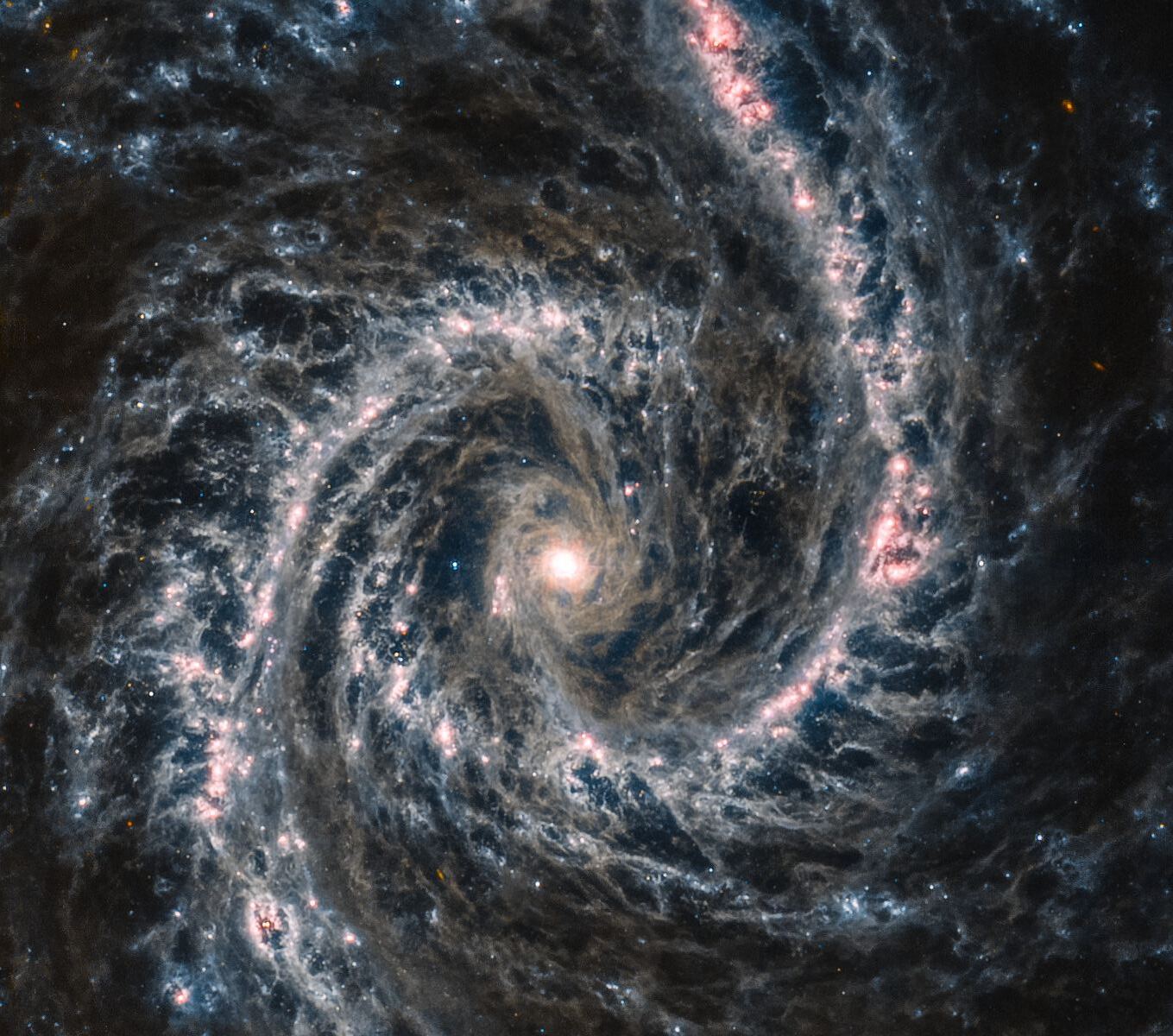https://www.universetoday.com/168993/th ... -milky-way
The Webb Discovers a Rich Population of Brown Dwarfs Outside the Milky Way
This stunning image of a star cluster in the Small Magellanic Cloud (SMC) is more than just a pretty picture. It’s part of a scientific effort to understand star formation in an environment different from ours. The young star cluster is called NGC 602, and it’s very young, only about 2 or 3 million years old. "
"The researchers found 64 brown dwarf
candidates in the cluster. They ranged from 0.05 to 0.08 solar masses (50-84 Jupiter masses) and are co-located with main sequence stars. The low stellar density in the cluster helped the JWST resolve individual objects."
"The data from this work shows that the low-mass objects in NGC 602 are well below the characteristic mass. The brown dwarfs have masses between 0.048 and 0.08 solar masses or 50 and 84 Jupiter masses. Since these brown dwarfs are co-located with the cluster’s young pre-Main Sequence Stars, it suggests they formed synchronously. This indicates that the stellar mass function continues into the substellar mass regime."
This first study is just their first step, and they intend on digging deeper. “The accurate selection of ages, together with the superb sensitivity and calibration of JWST, will allow us, in a forthcoming paper, to reliably study the substellar mass function, well below the turnover of the IMF,” the authors write.It’s all aimed at understanding how brown dwarfs form. If they can study the sub-stellar IMF in detail, they can determine whether it’s a continuation of the stellar IMF. Then, the researchers can answer an important unanswered question: do these objects form from the fragmentation and collapse of giant molecular clouds like stars do? Or do they form from the fragmentation of circumstellar disks like planets do?
As of now, they have only a partial answer. “From this work, the colocation with the PMS suggests that the formation channel of the cBDs is the same as the one for their more massive stellar counterparts, as expected from solar neighbourhood studies: the fragmentation and collapse of the GMC,” the authors conclude.
bigger:
https://live.staticflickr.com/65535/541 ... 7132_o.jpg
 NGC 602: Stars Versus Pillars from Webb
NGC 602: Stars Versus Pillars from Webb

